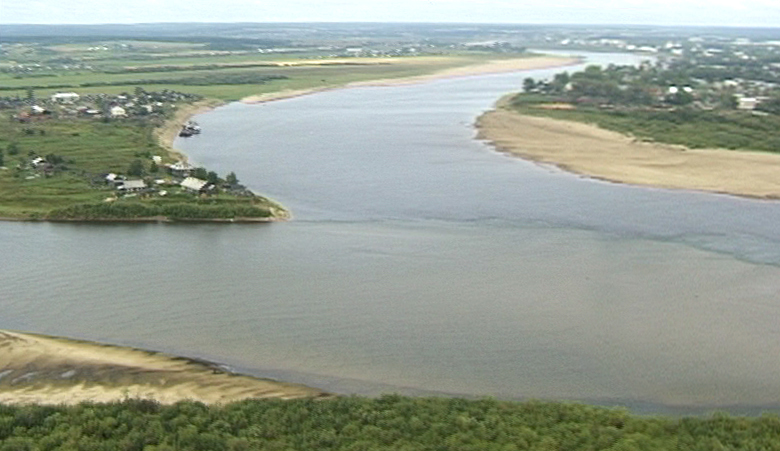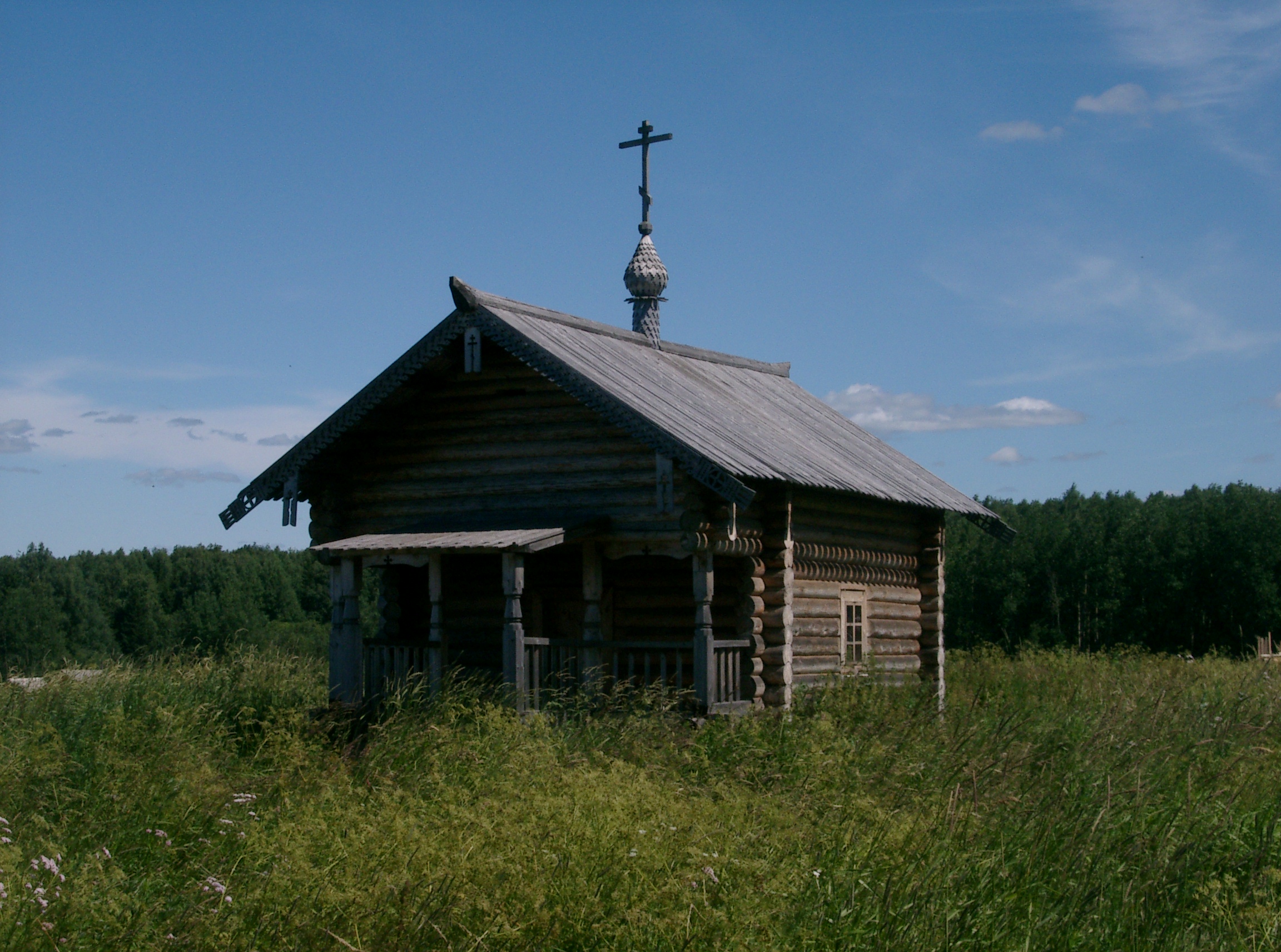|
Vologda (river)
The Vologda (russian: Вологда) is a river in Sheksninsky and Vologodsky Districts of Vologda Oblast as well as in the city of Vologda in Russia. A right-tributary of the Sukhona, it is long, and the area of its basin . The principal tributary is the Toshnya (right). The river takes its name from the city of Vologda, which is located on the river Vologda. According to Max Vasmer's ''Etymological Dictionary'', the name "Vologda" originates from a Uralic language and means "a white city". Another, less reliable account suggests that the city was named after the river and its name should be translated as "white water" Folk-etymology sometimes associates the name ''Vologda'' with the Russian word ''volok'' ( ru , волок) meaning "portage" or "stretch of forest". T ... [...More Info...] [...Related Items...] OR: [Wikipedia] [Google] [Baidu] |
Sukhona
The Sukhona (russian: Су́хона) is a river in the European part of Russia, a tributary of the Northern Dvina. The course of the Sukhona lies in Ust-Kubinsky, Sokolsky, Mezhdurechensky, Totemsky, Tarnogsky, Nyuksensky, and Velikoustyugsky Districts of Vologda Oblast in Russia. It is long, and the area of its basin . The Sukhona joins the Yug near the town of Veliky Ustyug, forming the Northern Dvina, one of the biggest rivers of European Russia. The biggest tributaries of the Sukhona are the Vologda (right), the Lezha (right), the Pelshma (left), the Dvinitsa (left), the Tolshma (right), the Tsaryova (left), the Uftyuga (left), and the Gorodishna (right). Etymology According to the Max Vasmer's Etymological Dictionary, the name of the river originates from the Russian and most likely means "a river with a dry (hard) bottom". Physical geography The river basin of the Sukhona comprises vast areas in the central and eastern parts of Vologda Oblast, in the south ... [...More Info...] [...Related Items...] OR: [Wikipedia] [Google] [Baidu] |
Russia
Russia (, , ), or the Russian Federation, is a List of transcontinental countries, transcontinental country spanning Eastern Europe and North Asia, Northern Asia. It is the List of countries and dependencies by area, largest country in the world, with its internationally recognised territory covering , and encompassing one-eighth of Earth's inhabitable landmass. Russia extends across Time in Russia, eleven time zones and shares Borders of Russia, land boundaries with fourteen countries, more than List of countries and territories by land borders, any other country but China. It is the List of countries and dependencies by population, world's ninth-most populous country and List of European countries by population, Europe's most populous country, with a population of 146 million people. The country's capital and List of cities and towns in Russia by population, largest city is Moscow, the List of European cities by population within city limits, largest city entirely within E ... [...More Info...] [...Related Items...] OR: [Wikipedia] [Google] [Baidu] |
Severnaya Dvina Eng
Severny (Russian: ''Северный'', 'northern') (masculine), Severnaya (''Северная'') (feminine), or Severnoye (''Северное'') (neutral) may refer to: People *Andrei Severny (astronomer) (1913–1987), Soviet astronomer *Andrei Severny (filmmaker) (born 1977), Russian filmmaker and photographer * Arkady Severny (1939–1980), performer of Russian criminal songs *Count and Countess Severny, pseudonyms of Tsar Paul I of Russia and Tsaritsa Maria Feodorovna Places * Severny District, several districts and city districts in Russia * Severny Okrug (other), various divisions in Russia * Severny Urban Settlement, several municipal urban settlements in Russia * Severny (inhabited locality) (''Severnaya'', ''Severnoye''), several inhabited localities in Russia *Severny Island, Russia * Severny (volcano), a volcano on the Kamchatka Peninsula, Russia *Severny (air base), Orsk, Russia *Severny Airport, Novosibirsk, Russia *Severny mine, a copper mine in Murmansk O ... [...More Info...] [...Related Items...] OR: [Wikipedia] [Google] [Baidu] |
Sheksninsky District
Sheksninsky District (russian: Шексни́нский райо́н) is an administrativeLaw #371-OZ and municipalLaw #1130-OZ district (raion), one of the twenty-six in Vologda Oblast, Russia. It is located in the center of the oblast and borders with Kirillovsky District in the north, Vologodsky District in the east, Poshekhonsky District of Yaroslavl Oblast in the south, and with Cherepovetsky District in the west. The area of the district is . Its administrative center is the urban locality (a work settlement) of Sheksna.Resolution #178 Population: 36,007 ( 2002 Census); The population of Sheksna accounts for 62.8% of the district's total population. Geography Sheksninsky District is located on both banks of the Sheksna River, with the western (right-bank) part being considerably smaller than the eastern (left-bank) one. The Sheksna was turned into the Sheksna Reservoir upstream of the settlement of Sheksna, and downstream of that settlement it flows its natural course. ... [...More Info...] [...Related Items...] OR: [Wikipedia] [Google] [Baidu] |
Vologodsky District
Vologodsky District (russian: Волого́дский райо́н) is an administrativeLaw #371-OZ and municipalLaw #1112-OZ district (raion), one of the twenty-six in Vologda Oblast, Russia. It is located in the center of the oblast and borders with Ust-Kubinsky and Sokolsky Districts in the northeast, Mezhdurechensky District in the east, Gryazovetsky District in the southeast, Poshekhonsky District of Yaroslavl Oblast in the southwest, Sheksninsky District in the west, and with Kirillovsky District in the northwest. The area of the district is . Its administrative center is the city of Vologda (which is not administratively a part of the district). Population: 50,956 ( 2002 Census); As of 2010, Vologodsky District was the most populous among all the districts of Vologda Oblast. Geography The district is elongated from northwest to southeast with Lake Kubenskoye, one of the biggest lakes in Vologda Oblast, forming its northeastern border. The lake is shared between Vologod ... [...More Info...] [...Related Items...] OR: [Wikipedia] [Google] [Baidu] |
Vologda Oblast
Vologda Oblast ( rus, Вологодская область, p=vəlɐˈɡotskəjə ˈobləsʲtʲ, r=Vologodskaya oblast, ) is a federal subject of Russia (an oblast). Its administrative center is Vologda. The Oblast has a population of 1,202,444 ( 2010 Census). The largest city is Cherepovets, the home of the Severstal metallurgical plant, the largest industrial enterprise in the oblast. Vologda Oblast is rich in historic monuments, such as the Kirillo-Belozersky Monastery, Ferapontov Monastery (a World Heritage Site) with the frescoes of Dionisius, medieval towns of Velikiy Ustyug and Belozersk, and baroque churches of Totma and Ustyuzhna. Large reserves of wood and fresh water are the main natural resources. History The area of Vologda Oblast was settled by Finnic peoples in prehistory, and most of the toponyms in the region are in fact Finnic. Vepsians, who still live in the west of the oblast, are the descendants of that population. Subsequently, the area was colonized ... [...More Info...] [...Related Items...] OR: [Wikipedia] [Google] [Baidu] |
Vologda
Vologda ( rus, Вологда, p=ˈvoləɡdə) is a types of inhabited localities in Russia, city and the administrative center of Vologda Oblast, Russia, located on the river Vologda (river), Vologda within the watershed of the Northern Dvina. Population: The city serves as a major transport hub of the Northwestern Federal District, Northwest of Russia. The Ministry of Culture (Russia), Ministry of Culture of the Russian Federation has classified Vologda as a historic city, one of 41 in Russia and one of only three in Vologda Oblast. 224 buildings in Vologda have been officially recognized as cultural heritage monuments. History Foundation The official founding year of Vologda is 1147,Official website of Vologda Oblast Government: A brief history of Vologda ... [...More Info...] [...Related Items...] OR: [Wikipedia] [Google] [Baidu] |
Tributary
A tributary, or affluent, is a stream or river that flows into a larger stream or main stem (or parent) river or a lake. A tributary does not flow directly into a sea or ocean. Tributaries and the main stem river drain the surrounding drainage basin of its surface water and groundwater, leading the water out into an ocean. The Irtysh is a chief tributary of the Ob river and is also the longest tributary river in the world with a length of . The Madeira River is the largest tributary river by volume in the world with an average discharge of . A confluence, where two or more bodies of water meet, usually refers to the joining of tributaries. The opposite to a tributary is a distributary, a river or stream that branches off from and flows away from the main stream. PhysicalGeography.net, Michael Pidwirny & S ... [...More Info...] [...Related Items...] OR: [Wikipedia] [Google] [Baidu] |
Max Vasmer
Max Julius Friedrich Vasmer (; russian: Максимилиан Романович Фа́смер, translit=Maksimilian Romanovič Fásmer; 28 February 1886 – 30 November 1962) was a Russo-German linguist. He studied problems of etymology in Indo-European, Finno-Ugric and Turkic languages and worked on the history of Slavic, Baltic, Iranian, and Finno-Ugric peoples. Biography Born to German parents in Saint Petersburg, Vasmer graduated from Saint Petersburg University in 1907. From 1910, he delivered lectures there as a professor. During the Russian Civil War of 1917–1922, he worked in the Universities of Saratov and of Dorpat (Tartu). In 1921, he settled in Leipzig, but in 1925 moved to Berlin. In 1938–1939, he delivered lectures at Columbia University in New York City. It was there that he started to work on his ''magnum opus'', the . He delivered the eulogy for Professor Aleksander Brückner in Berlin-Wilmersdorf in 1939 and he took over the chair of Slavistic studies a ... [...More Info...] [...Related Items...] OR: [Wikipedia] [Google] [Baidu] |
Uralic Language
The Uralic languages (; sometimes called Uralian languages ) form a language family of 38 languages spoken by approximately 25million people, predominantly in Northern Eurasia. The Uralic languages with the most native speakers are Hungarian (which alone accounts for more than half of the family's speakers), Finnish, and Estonian. Other significant languages with fewer speakers are Erzya, Moksha, Mari, Udmurt, Sami, Komi, and Vepsian, all of which are spoken in northern regions of Scandinavia and the Russian Federation. The name "Uralic" derives from the family's original homeland (''Urheimat'') commonly hypothesized to have been somewhere in the vicinity of the Ural Mountains. Finno-Ugric is sometimes used as a synonym for Uralic, though Finno-Ugric is widely understood to exclude the Samoyedic languages. Scholars who do not accept the traditional notion that Samoyedic split first from the rest of the Uralic family may treat the terms as synonymous. History Homeland ... [...More Info...] [...Related Items...] OR: [Wikipedia] [Google] [Baidu] |





.png)